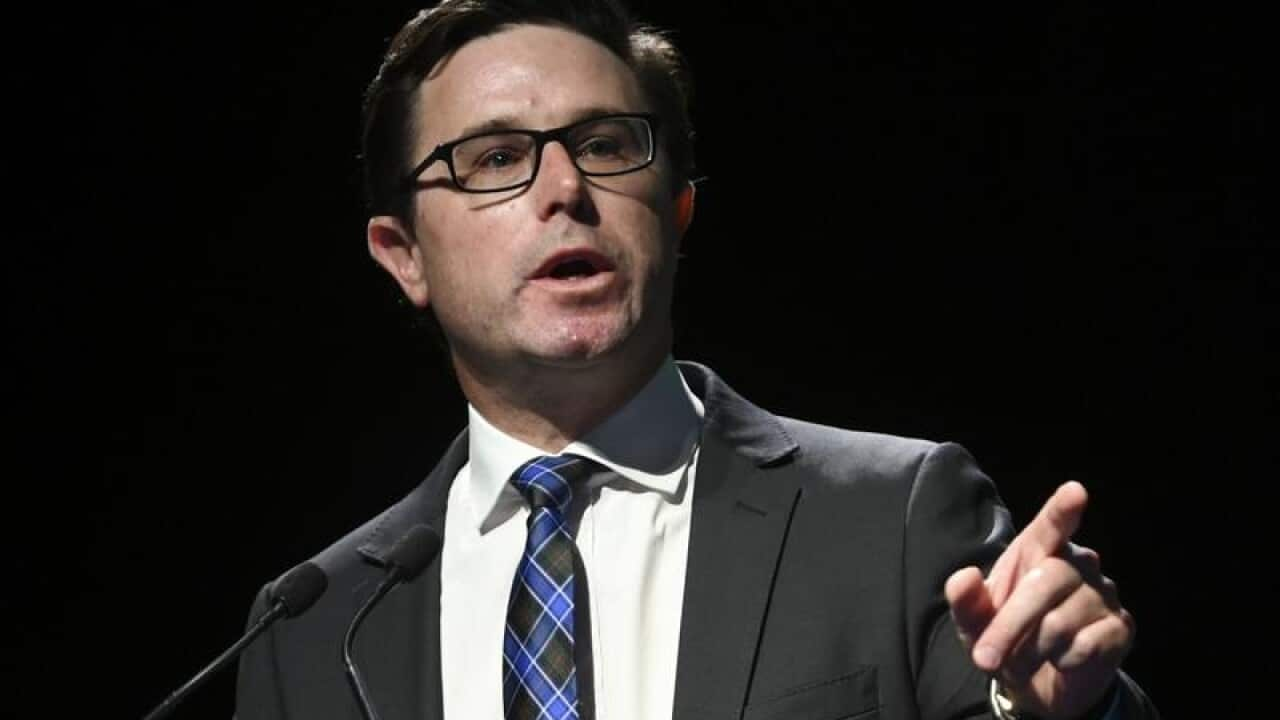The Climate Council has taken aim at the federal government, accusing it of damaging investor confidence in the renewables sector.
The non-profit has also accused the federal government of attacking states with progress renewable plans.
The Climate Council's Greg Bourne said the best way to get energy prices down was through renewable energy.
"Without a consistent and stable policy environment the federal government is undermining the future pipeline of Australian projects," Mr Bourne said on Monday.
The Council has also slammed the federal government for "failing to lead" on clean, green energy.
"It is actively obstructing state and territory leadership on renewable energy," the Council said.
"As a result, several states have declared the intention to go it alone on renewable energy policy. It is time for all states and territories to create their own forums for coordination and move on without the Federal Government."
State and territory energy ministers agreed to adopt a national hydrogen energy strategy at a meeting in Perth on Friday, with the federal government to pump $370 million into a fund aimed at building the industry.
The Council's latest attack on the government coincides with the release of its latest renewable energy scorecard.
The non-profit has ranked the performance of each state and territory to find out which regions are leading the push for clean energy production.
South Australia scored highest in a number of metrics - including its share of renewable energy, wind and solar capacity per capita, as well as in policies that support the transition to renewable energy.
The Festival State has also been commended for generating more than half of its electricity from wind and solar, with plans to hit net 100 per cent renewable energy in the 2030s. The Australian Capital Territory and Tasmania have also received high commendations for their renewables efforts.
The Australian Capital Territory and Tasmania have also received high commendations for their renewables efforts.

SA Energy Minister Dan van Holst Pelekaan and Neoen Australia Managing Director Louis de Sambucy pose for a photo beside a Tesla battery in Adelaide. Source: AAP
At present, the bush capital is on track to achieve 100 per cent renewable energy by the 1st January 2020, making it possibly the only jurisdiction outside of Europe to achieve such a feat. Tasmania's Battery of the Nation plan, which could double the Apple Isle's renewable energy capacity, helped lift it into third place nationally.
Tasmania's Battery of the Nation plan, which could double the Apple Isle's renewable energy capacity, helped lift it into third place nationally.

Turbines are seen at a wind farm near Bungendore, 40 kilometres east of Canberra. Source: AAP
Victoria and Queensland follow in fourth and fifth place respectively, credited with "making good progress" but needing to "work hard to catch the front runners."
Taking out the 'Rising Star' award, Victoria has been credited for adopting the most substantial capacity of large-scale wind and solar projects in the pipeline of any state or territory.
The sunshine state's efforts were not without commendation, taking out the 'Most Improved' category.
Nearly half of the large-scale renewable energy projects completed across Australia in 2018 were based in Queensland. However, despite the progress, the state is not on track to meet its target of 50 per cent renewable energy by 2030.
The Climate Council has also hit out at the Queensland government for its support of new fossil fuel developments.
"(This) is fundamentally at odds with action on climate change," the non-profit's report read.
New South Wales and Western Australia follow in the rankings, both receiving a C-grade for remaining the only states without a renewable energy target.
The Northern Territory rounds out the list with the 'Wooden Spoon,' maintaining its poor results compared with previous scorecards.
However, the Climate Council has commended the Top End for recently announcing a draft aspirational target for net zero emissions by 2050 - making it the last region to release such a target.
With AAP.



